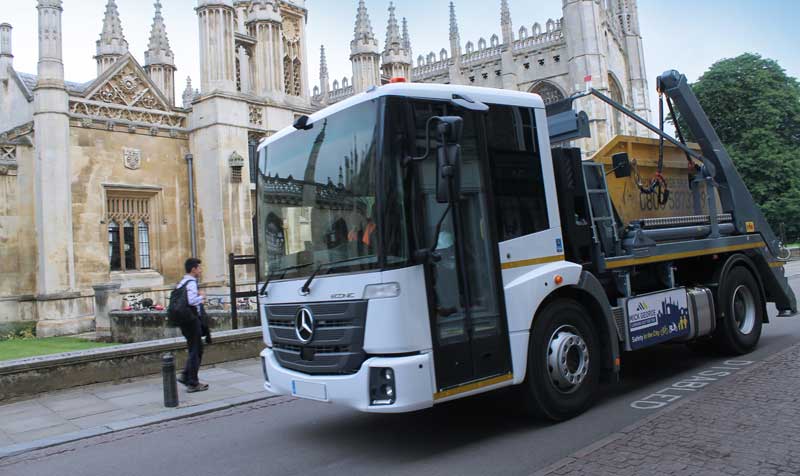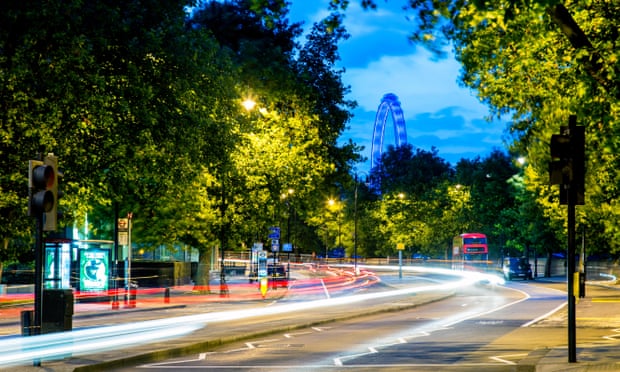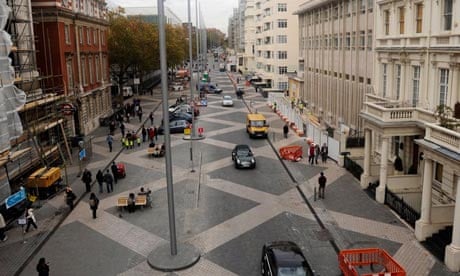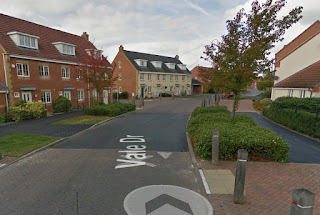So, there was a little come back on the Volvo "educational kit" post I made last week. I did bring into question the nature of the Volvo idea and how it lacked substance compared to what we already do in the UK, BikeAbility. And the comeback was not about how bad the Volvo programme was, but how they don't like BikeAbility.
So, there was a little comeback, just not to me at all. I spotted it going back and forth on Twitter amongst people I know and often share discussions, enjoyment of riding, and fun with. They didn't include me for whatever reason, although that was a little disappointing. And it reminded me that there is a strong anti-training bent to some cycling advocacy people, some with good reason, and some a little less so.
So some of the issues fall down as follows.
- Training doesn't increase the numbers of people riding.
- The money could be better spent on building infrastructure.
- It's just the foundation of vehicular cycling which for decades now hasn't worked for the UK.

Cycling Levels
We'll start with cycling levels. First, a study has shown that BikeAbility does increase numbers riding to school.
"the survey results show trained children reported they cycle more often, cycle more to school, cycle more on the road, cycle with more confidence on the road, and enjoy cycling more"This is something I've seen a lot of people denying. But it is there, BikeAbility does increase numbers riding to school (⁰ extra below). The obvious caveat is that this is still nothing like the revolutionary change in numbers required to make ourselves a cycling nation. What's important to note is that The Association of BikeAbility Schemes agrees with that last caveat. That's right, the people who deliver this training do not think it's the be all and end all of cycling. Training is not an alternative to good infrastructure. And that brings us on to the next bit, surely it's better to build infrastructure.

Infrastructure
Infrastructure is the way forward. Full Stop. It is the way in which we get more people riding, more often, and further. This needs to be done at a national level, with national standards, with joined up thinking between different authorities. At the moment we have small schemes, that do help locally, but are a long way from delivering the cycling infrastructure needed to make a difference, nationally.
So, what would it take to do this? Well, the Dutch experience tells us a minimum of £20 per head per year is something like it. That's around £2bn per year across the country (¹ extra below). And we'd need to do that for decades to catch up with the Dutch. What if we dropped BikeAbility for a year or two and took that money and put it into building? Well, at the last round BikeAbility got £50m for 4 years training. So that's £0.0125bn we could add into that £2bn per year, or just under 1% more. Anyone think that's going to make an iota of difference? No, me neither. And in the meantime children everywhere are not involved in any kind of formalised cycling fun (and I'll back that up later).

Vehicular Cycling
So, is it all about forcing children in front of lorries, getting them battle-scarred so they will either adapt (like the 2% of vehicular cyclists) or run away? This premis would suggest that the majority of kids learning will never do it again. But we know that doesn't happen. And actually BikeAbility is so much more than that.
For a start, level 1 never goes near a road. It's all about helping kids get to grips with controlling a bike, usually in a playground setting. It's a laugh! It's fun, it's riding around when they might have had Maths, English, or whatever. And that's a big point. It's fun!
Playing games during this is aimed to cover a series of simple outcomes, but it's still fundamentally bike control. Something you need to ride a bike, wherever you are. You'll be surprised just how many kids may have most of these, but still not quite it all. I think those who've ridden their bikes for a decade or three since, cannot remember those initial learning moments. Some do think there's no need for any training, just get on the bike and pedal. Well, at an early age there can be a lot more to it than that. True, it might not take long, which is why this course is just 2 hours.
So level 2 starts getting the kids on the road. Years 5 & 6 enrol to do this course, often decided by the school, and usually with around 70-80% uptake from the class. Most of them start a little nervous but end up loving it. One or two do keep those nerves through the course, and a tiny amount stop. I'd suggest around 1-2%. This is usually on quieter roads, although sometimes they can be a bit busy. Kids actually respond much better in those circumstances.
In addition to that, part of level 2 is looking at use of cycle infrastructure. This is where we get to point out how bad some of it is, and how to deal with it in all circumstances, both on- and off-road.
So, it's not all about roads. It's aimed at what the kids need for today's cycling. Not next year's, not a decade from now, but right now, in the environment we have. If we decide to wait until the infra is built, there will be no riders left to get on it.
So what if we get loads of new infra? We adapt to training to suit, like it's already being adapted. And this is again, how the Dutch deal with it. Yes, they do cycle training over the North Sea. In fact, it's pretty clear they do something similar to BikeAbility, including being on roads, albeit with a change of focus for the amount of infra they do have. Use a route to school and cope with the differing hazards along the way. This is pretty much how level 3 is delivered here. This will involve less roads but clearly not none and have the same kind of hazard perception learning that BikeAblilty is all about. Hazard perception is another thing linked with BikeAbility successes. So this is something that the Dutch seem keen on as well. Again, this isn't just about motor traffic but it does form a key part.

BikeAbility does a lot more educationally that just bike riding
Summary
One final thing that could be levelled at BikeAbility is that it gives those in charge the excuse to do nothing else. Again, this is the argument of defeat. Dos anyone really think that if we stopped training we'd have loads of time from people in authority deciding they need to now spend time working on cycle infrastructure? No, I don't think so. We do need to do push to do more, we need to do it all. Cycle Training for kids is not the most important thing, but it is part of the solution.
So let's go back to those issues.
- "Training doesn't increase the numbers of people riding." - Well it does, but we do need to do more.
- "The money could be better spent on building infrastructure." - Well, not really, it's just not enough to make a difference. We do need lots more to do infrastructure.
- "It's just the foundation of vehicular cycling which for decades now hasn't worked for the UK." - Again, no longer really the case. Whilst some of it is based around realistic training, there's lots outside of that.
We have the firm blueprint from over the North Sea, infrastructure and training, let's get on with it.
-----------------------------------------
⁰ Newly developing courses such as BikeAbility Plus, which has an even more holistic approach, have been shown to really improve cycling numbers.
¹ Whilst we get this figure from the Dutch, it's interesting to note that similar schemes in the UK to those in NL seem to cost around 5 times as much. The suggestion is the Dutch spend a lot more, just don't see it as part of cycling building. It's folded into other budgets but benefits cycling as part of something else.







